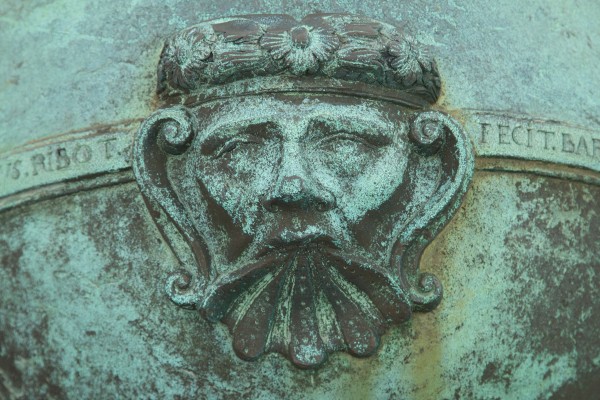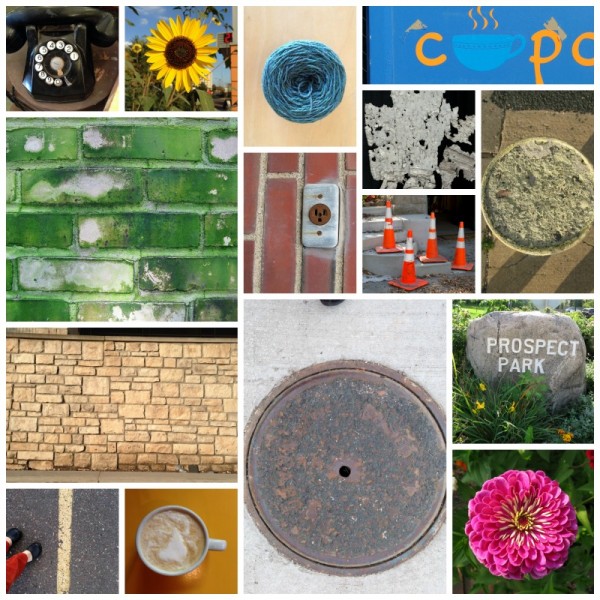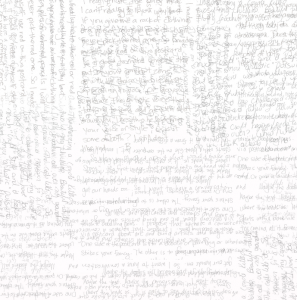A Vacation: St Augustine FL
When you live in Minnesota, sometimes you need to take a break from winter and go south. We just spent a week in St Augustine, FL with my parents and it was a lovely getaway. St Augustine is the oldest settlement in the US, with lots of sandy beaches and interesting things to go and do. It wasn’t what I would call balmy on our trip. The weather was cool and windy, but still warmer than what we left back home. No complaints.
 We spent a day at the Castillo de San Marcos fort. The view from the top was beautiful. We eavesdropped on the tour guide who was in charge of a huge group of 4th graders. (She was really great.) My favorite part there was the bright turquoise verdigris on all of the cannons.
We spent a day at the Castillo de San Marcos fort. The view from the top was beautiful. We eavesdropped on the tour guide who was in charge of a huge group of 4th graders. (She was really great.) My favorite part there was the bright turquoise verdigris on all of the cannons.
We visited the Alligator Farm and the Pirate Museum. Both are awesome even though they sound like they will be totally cheesy. The quirky Lightner Museum was also a highlight. We were there for the mechanical musical instruments demonstration. They are known for housing a collection of collections. What other museum do you know about that has a collection of banana stickers, antique buttons, mechanical musical instruments, shaving mugs and 23 varieties of glass salt shakers?
We walked all the way to the top of the St Augustine Lighthouse. 14 stories high! We ate fresh fish (the boys went fishing), gelato, minorcan seafood chowder and local chocolate.
We drove up to Jacksonville to see the zoo one day. Some zoos are depressing and the animals look sad. This one is beautiful and big and open. We chatted with a zookeeper who was feeding the small-clawed otters (who like shrimp better than smelt) and the nice train operator held the train for us when we scrambled to get tickets that we didn’t know we needed. It was bright and sunny that day and all of the animals were out basking in the sun.
We walked on the beach and picked up shells. We even got takeout pizza and let my husband watch the SuperBowl (he’s the only football fan). It was a nice break to recharge and relax.








 It takes some time to put together a really good tutorial for a project or design, but there are some great techniques that only take a few seconds to explain. This is one I use all the time to copy objects in Photoshop.
It takes some time to put together a really good tutorial for a project or design, but there are some great techniques that only take a few seconds to explain. This is one I use all the time to copy objects in Photoshop.












